Starting with the end of Gothic period and the beginning of Italian Renaissance, we were greeted with devotional pieces, serene and other worldly.

Below few examples are those in line with Fra Filippo Lippi and Botticelli, who valued line more than shades and volumes. They might strike someone as old fashioned but its distinctive style can be compared to the modern day mannerism therefore they need no apology and who can deny their beauty?
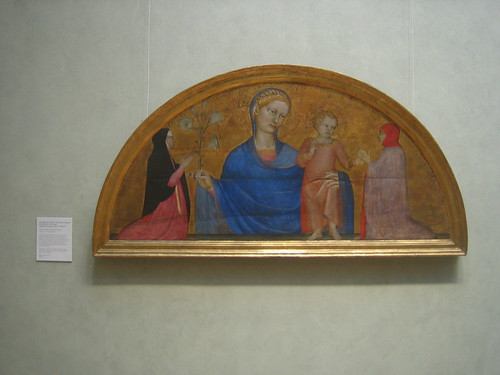
Madonna and Child with Donors, c. 1365, Giovanni da Milano
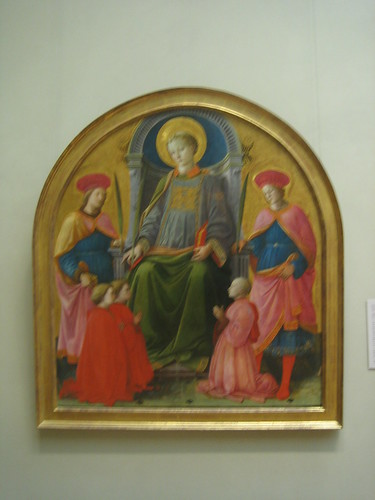
Saint Lawrence Enthroned with Saints and Donors, Fra Filippo Lippi
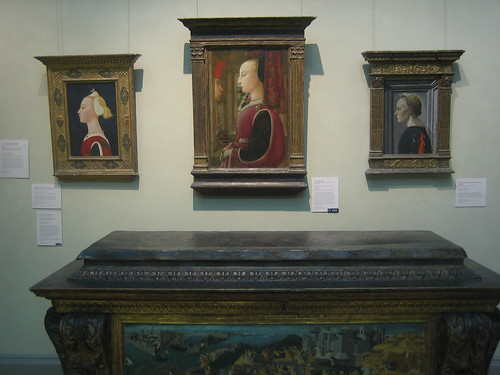
Portrait of a Woman (l), probably 1450s, Master of the Castello Nativity; Portrait of a Woman with a Man at a Casement, c. 1440, Fra Filippo Lippi; Portrait of a Woman (r), 1430s, Attributed to Paolo Uccello
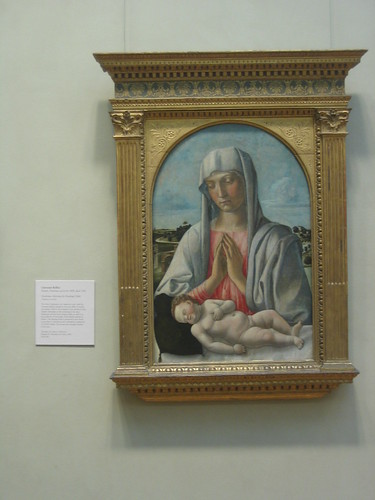
Madonna Adoring the Sleeping Child, early 1460s, Giovanni Bellini
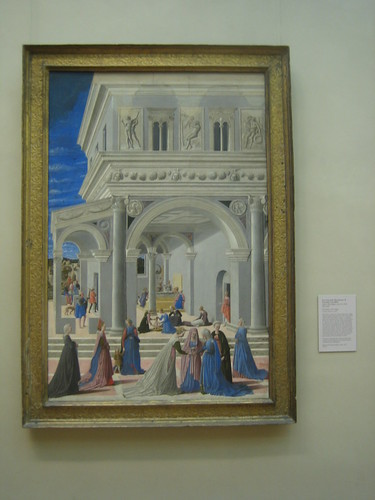
The Birth of the Virgin, 1467, Fra Carnevale (Bartolomeo di Giovanni Corradini)
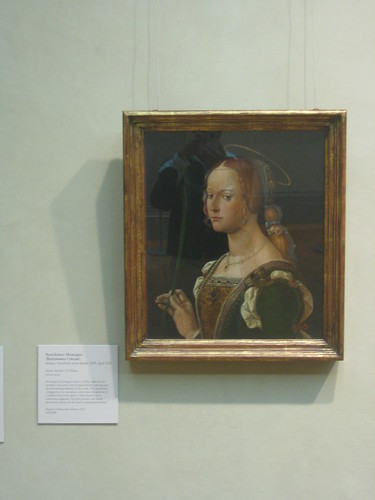
Saint Justina of Padua, 1490s, Bartolomeo Montagna (Bartolomeo Cincani)
With Titian, El Greco and Caravaggio, we entered a new era definitely. We now see the works in the height of the Renaissance period and these masters presented highly realistic but not slavish or high stylized dramatic take of daily life or biblical events.
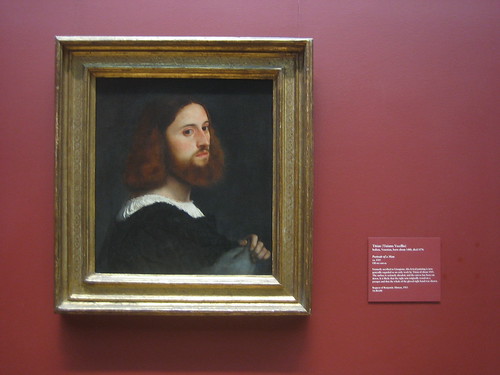
Portrait of a Man, c. 1515, Titian (Tiziano Vecellio)
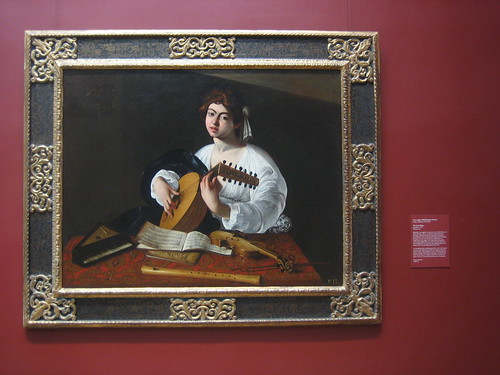
The Lute Player, probably c. 1597, Caravaggio (Michelangelo Merisi)
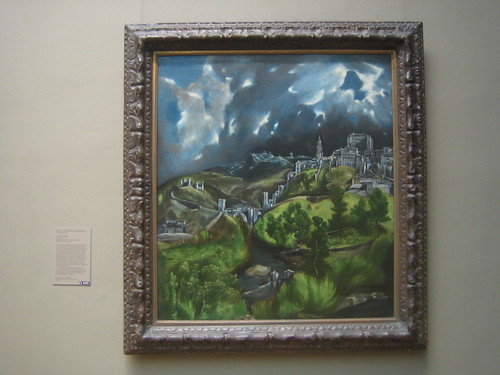
View of Toledo, El Greco (Domenikos Theotokopoulos)
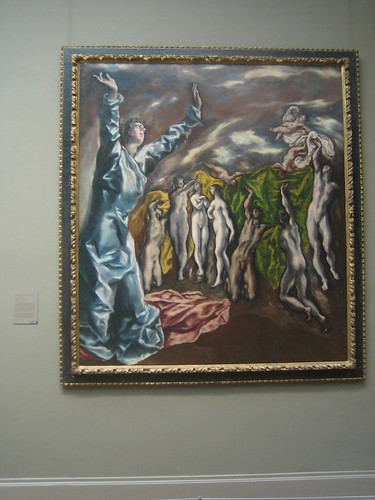
The Vision of Saint John, 1608–14, El Greco (Domenikos Theotokopoulos)
Works by Rubens, Van Dyck always made me a little disoriented timeline-wise. I often mistakenly place these works in a later period, because the way they handled the subject matters and their fluid techniques. They also possessed certain polish I personally more associate with 18th century paintings.

Portrait of a Woman, Probably Susanna Lunden (née Fourment, 1599–1628), Peter Paul Rubens
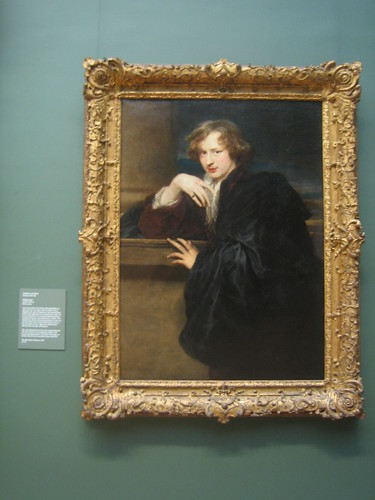
Self-portriat, possibly 1620-21, Anthony van Dyck

Portrait of a Young Woman with a Fan, 1633, Rembrandt (Rembrandt van Rijn)
Even some early Rembrandt (above) had such qualities but most of his works drew us to a world which was very realistic but much more earthy. His characters breathed and sweated.
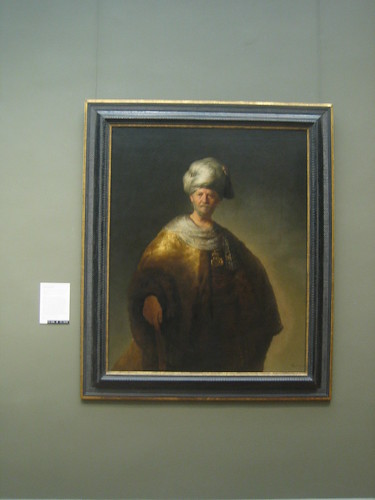
Man in Oriental Costume (''The Noble Slav''), 1632, Rembrandt (Rembrandt van Rijn)
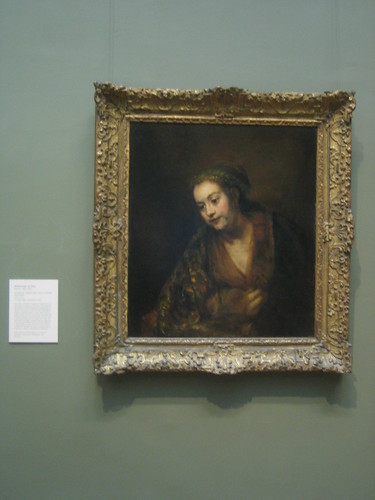
Hendrickje Stoffels (1626–1663), mid-1650s, Rembrandt (Rembrandt van Rijn)
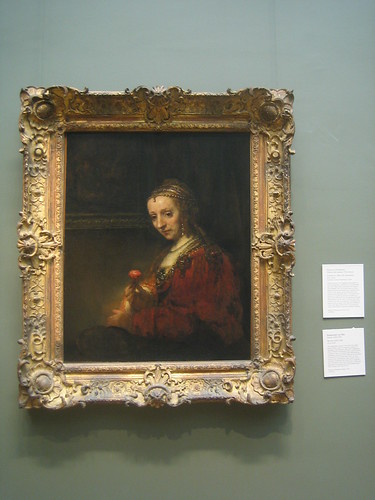
Woman with a Pink, c. 1660-64, Rembrandt (Rembrandt van Rijn)
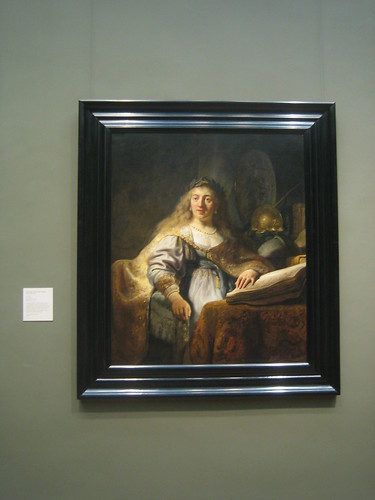
Minerva, 1635, Rembrandt (Rembrandt van Rijn)
In contrast, Vermeer's characters posed in their frames calmly and the time was suspended. We were afraid to disturb the delicate tranquility. The protestant country's still life genre paintings had same effects as well.
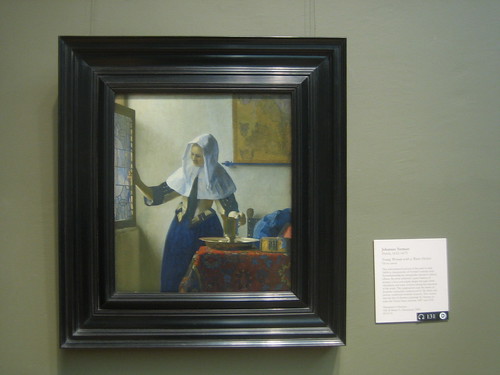
Young Woman with a Water Pitcher, c. 1662, Johannes Vermeer
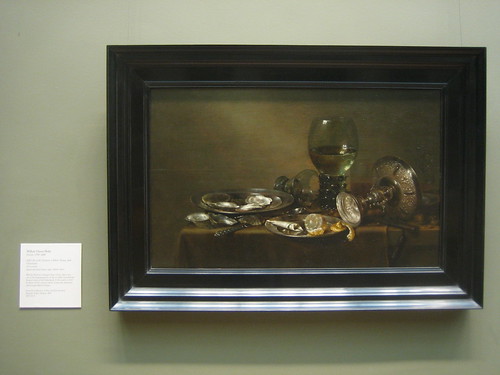
Still Life with Oysters, a Silver Tazza, and Glassware, 1635, Willem Claesz Heda
Rounding up this century's output, I selected two pieces by Velázquez. His works in a way were similar to those by Rembrandt but were less robust and little stranger. The modernity of his self-portrait was staggering.
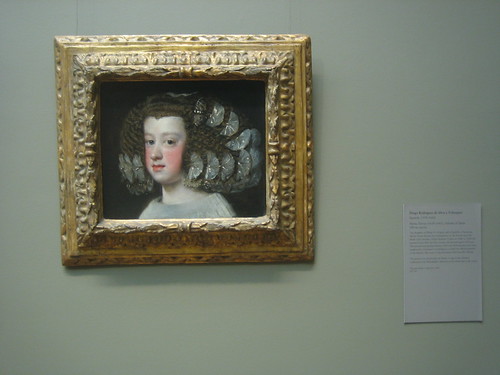
María Teresa (1638–1683), Infanta of Spain, 1651-54, Diego Rodríguez de Silva y Velázquez
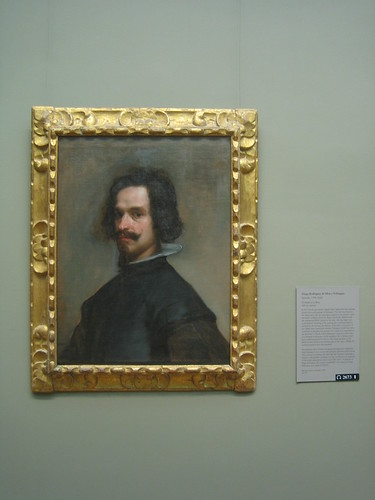
Portrait of a Man, c. 1630-35, Diego Rodríguez de Silva y Velázquez
Goya, though was active in 18th Century, continued Velázquez's effort seamlessly. The sense of doomed darkness in the most repressive regime during the time was palpable.
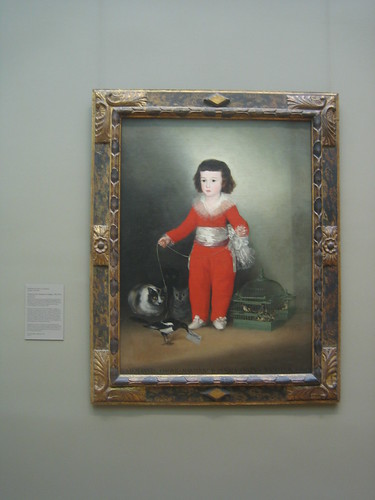
Manuel Osorio Manrique de Zuñiga, possibly 1790s, Francisco de Goya y Lucientes
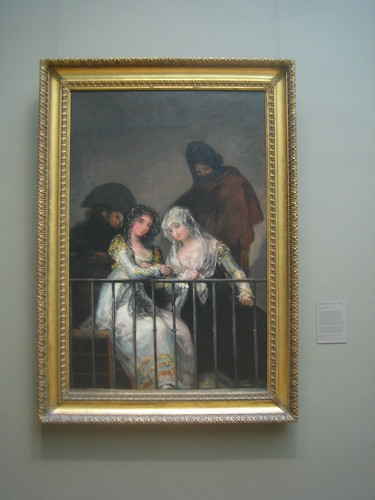
Majas on a Balcony, Attributed to Francisco de Goya y Lucientes
In the more enlightened sphere, we are in the most delicate theatrical world of Watteau. Immediately, the delicacy and intrigues of Mozart's Le Nozze di Figaro resonated. It was poignant to think that such illusion of idyllic world will be shattered half a century later, during the French Revolution (1789–1799).
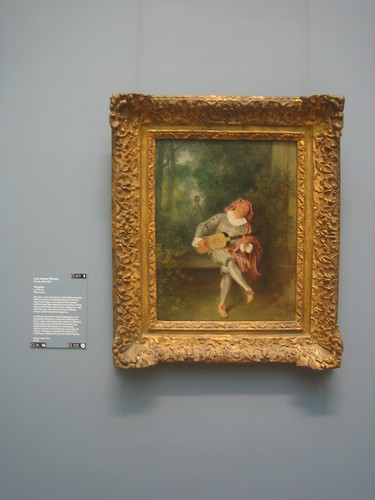
Mezzetin, c. 1718-20, Jean Antoine Watteau
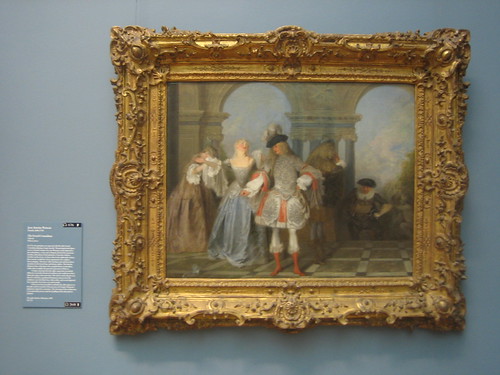
The French Comedians, 1720-21, Jean Antoine Watteau
In my next post, I'll discuss paintings and a couple sculptures from 19-20th century.
Because the time constraint and because my believe that the MET was not really in the league with, say the Louvre, I failed to plan my visit and didn't bother to consult the floor plan handed to me when I asked for German painting section, and only after having exited at the end of the day, I realized that I had regrettably missed paintings by those titans like Jan van Eyck, Albrecht Dürer, Hans Memling, Pieter Bruegel the Elder, Hieronymus Bosch, Hans Holbein the Younger. However, the consolation was that I had seen them in my three previous visits and they will serve as an enticement for me to go back, as if I need any.
>> New York City Report, September 2010, Part XII: 19th and 20th Century Art at the MET
<< New York City Report, September 2010, Part X: Art from Ancient Worlds at The Metropolitan Museum of Art, New York





No comments:
Post a Comment